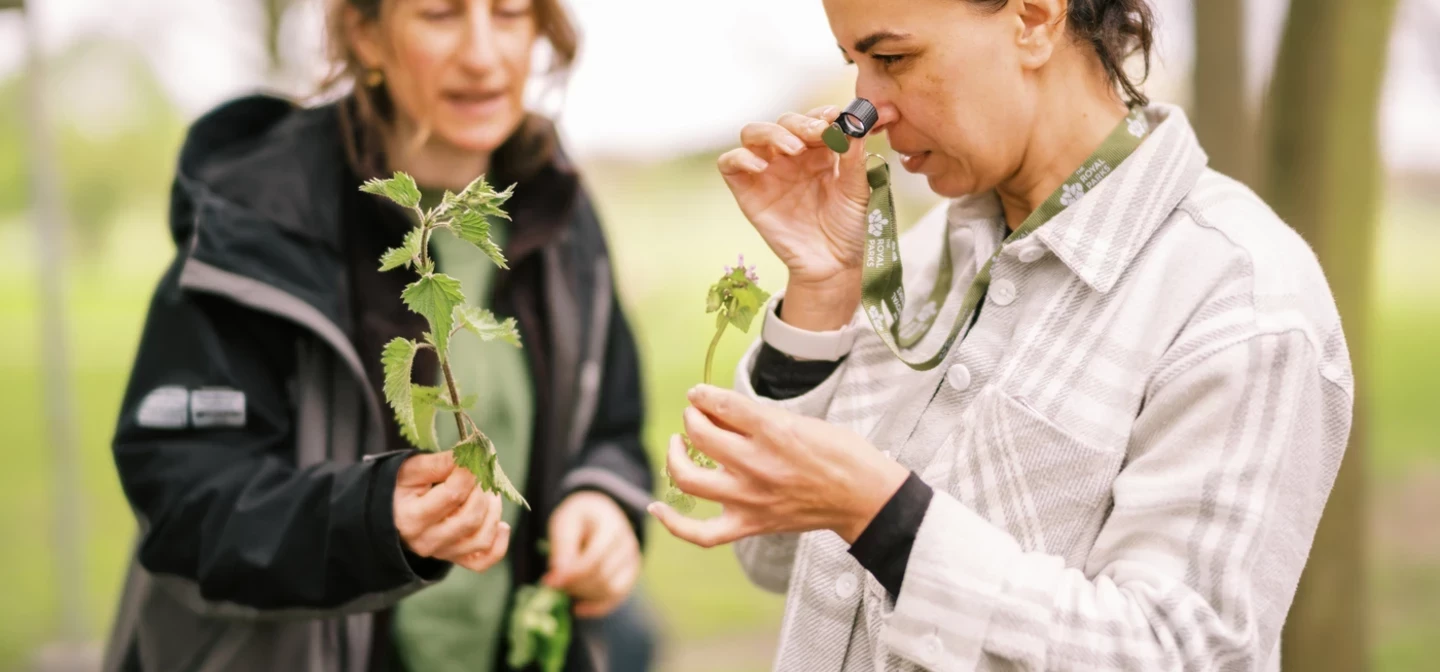
The wonderful weeds of the Royal Parks
Resident expert Gemma Hindi from the Help Nature Thrive team shares her knowledge, passion and experience of the ecological importance and historical significance of these resilient plants.
In the meticulously landscaped oases of the Royal Parks, amidst carefully tended gardens and lush lawns, thrives a resilient ecosystem often overlooked, the wonderful world of weeds. These plants demonstrate remarkable adaptability and survival skills, thriving in adverse conditions and changing climates with minimal human intervention.
But what sets weeds apart from the other plants?
In a lawn, an unwanted plant is a weed but in a meadow it’s a wildflower. A weed is a plant in an unwanted place. Some of the plants we know today as weeds were once loved and used for spices, dying clothes, medicines, or food. Trade and the industrial revolution meant more choice and so we stopped using many of our native plants. Overtime, many of these plants unfairly gained a bad reputation. But, look closely and they offer us a lot more than many passers-by realise.
Among the myriad of species in the Royal Parks, three stand out for their benefits to wildlife and resilience: nettles, dandelions, and wood avens.
Nettle, Urtica Dioica
Nettles, with their painful sting and vigorous growth, are often seen as unwelcome guests. However, large patches of nettles can act as natural barriers protecting ancient trees in the parks from humans and dogs whilst providing an important habitat for wildlife.
The outer fibres from the nettle stem are long and strong. Historically they were processed into twine and woven into cloth. The nettle leaves also produced a green fabric dye.
The sting of the nettle is an effective deterrent against many larger predators, such as humans. But, they are also an important food source for smaller creatures such as caterpillars of Small Tortoiseshell, Peacock, and Red Admiral butterflies.
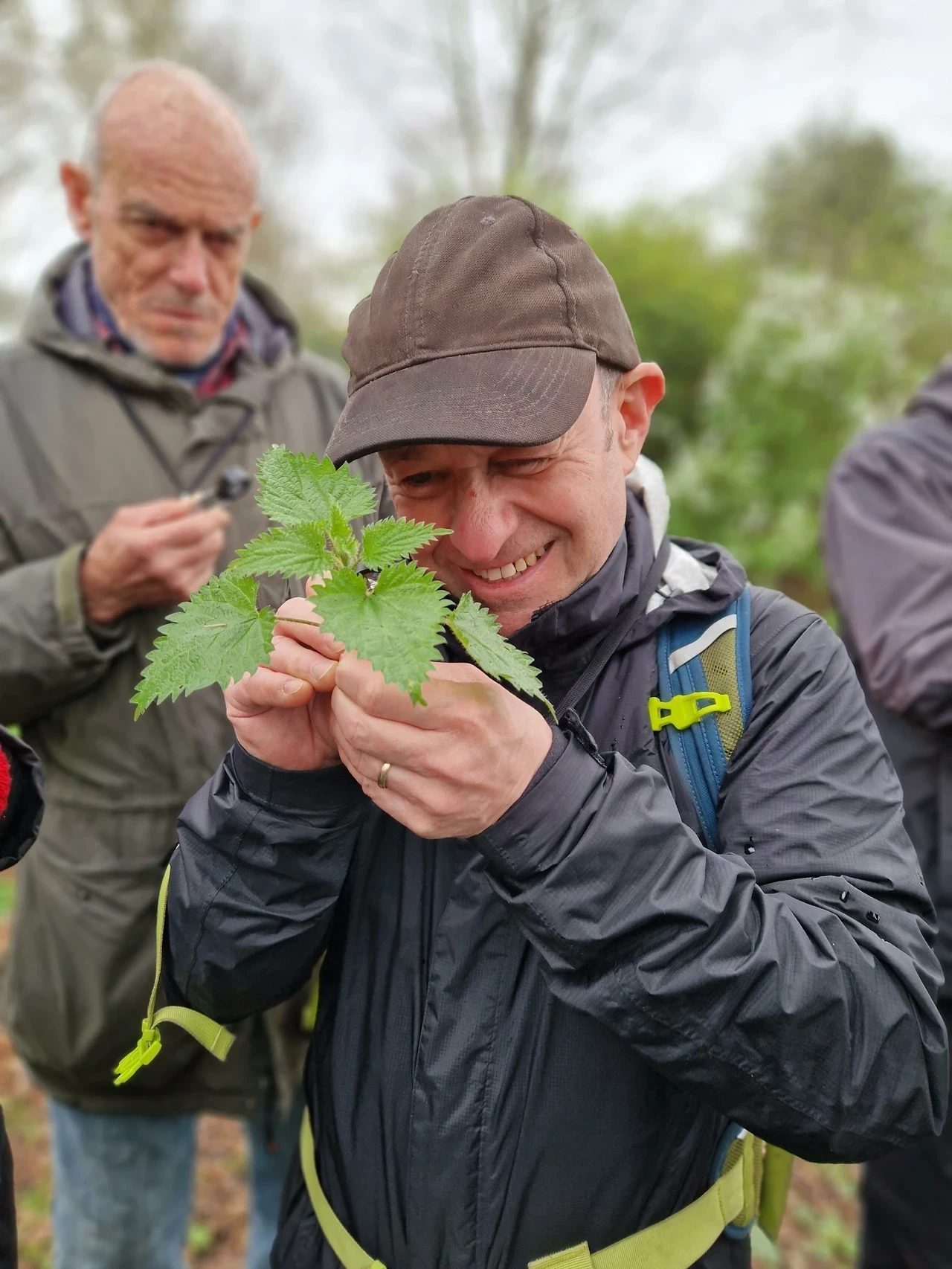
Dandelion, Taraxacum Officinale
One of the most recognized wildflowers, they are traditionally unwelcome in a garden lawn. Their bright yellow flowers turn into familiar heads of multiple seeds dispersed by wind.
Dandelions are crucial for pollinators such as bees and butterflies, with birds enjoying the nutritious seeds.
Every part of the plant is edible for humans too, with the roasted root providing a great substitute for coffee during times of hardship or rationing during the war. Everyone gets the opportunity to enjoy this historic drink at the end of a Wonderful Weeds Walk.
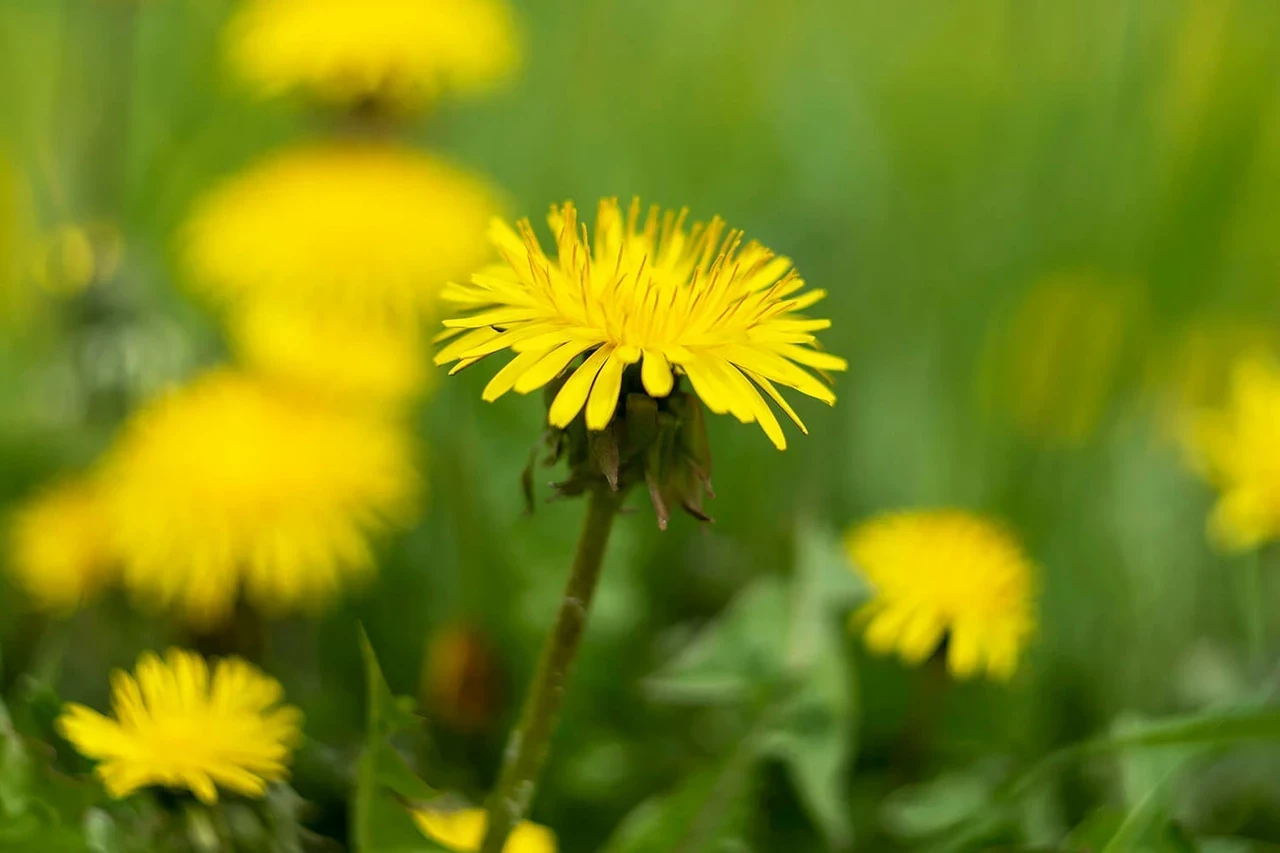
Wood Avens, Geum Urbanum
This common garden weed spreads underground and by seed. In summer, the yellow flowers turn to small red spiky burrs covered in hooks. These seed pods get stuck onto the passing fur of animals, much like velcro, ensuring the plants spread far and wide.
The larval foodplant of the Grizzled Skipper butterfly, its yellow flowers are also a good source of nectar for pollinators such as hoverflies.
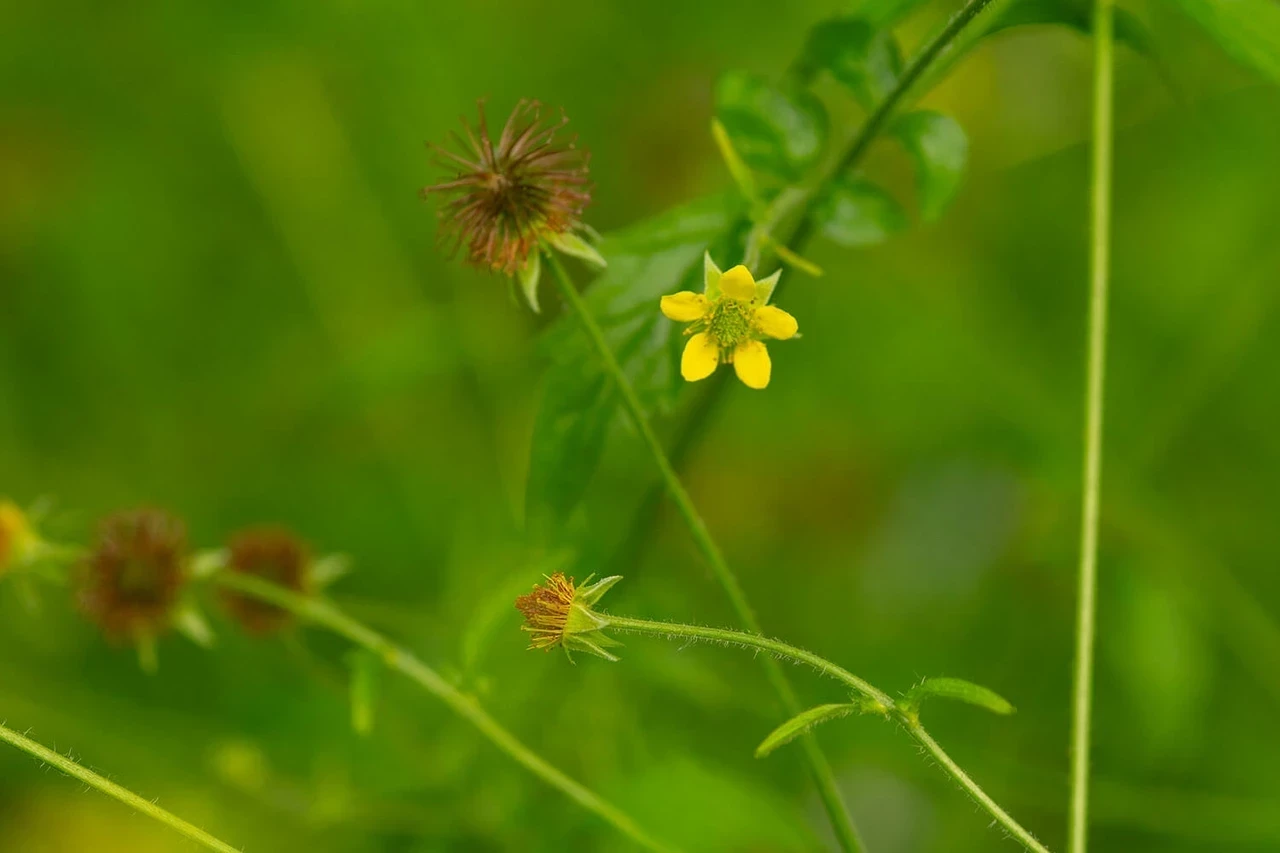
Wonderful Weed planting bed
The resilience of weeds offers valuable lessons for urban landscaping. By selecting plants with similar adaptive traits and promoting biodiversity, we can create more sustainable green spaces capable of withstanding the challenges of a changing climate. So, the next time you stroll through the Royal Parks, take a moment to appreciate the resilient and resourceful weeds that thrive amidst the greenery.
Visit Regents Park Allotment Garden to see our new Weeds Bed which was made possible thanks to People’s Postcode Lottery players who have raised over £6.2 million to help the Royal Parks charity support nature for future generations.
Related Articles
-
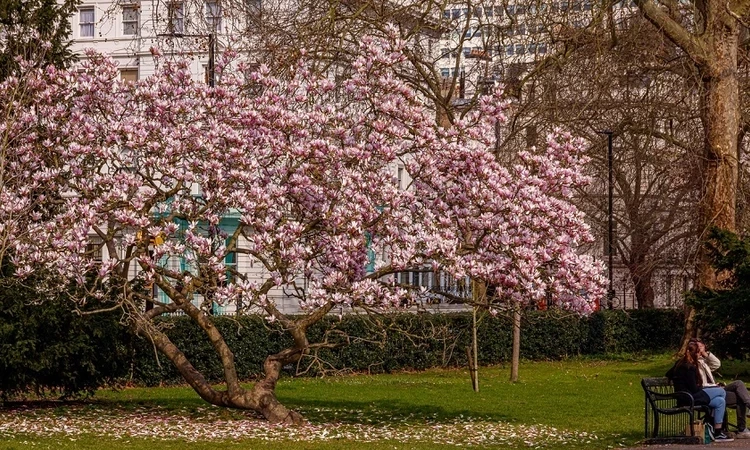 Read
ReadTop things to do in the Royal Parks this spring
It’s time to turn down your thermostat – spring in London is here and there’s plenty to do and enjoy in the Royal Parks.